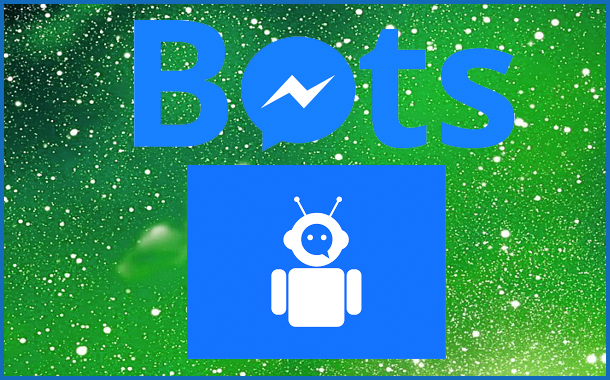Our friendly cyber-hood friends might not be what they seem. But sometimes, they might not even be human. Unbeknownst to us, we have all come across these interlopers in cyberspace. Chatbots or bots, as they better known, are slowly taking over the digital world, for good.
What are bots?
A bot (from ‘robot’) is a software coded with certain skills to perform specific tasks. Powered with Artificial Technology (A.I) and Machine Learning, they are designed to take on activities ranging from booking a dinner appointment or ordering a pizza, to searching for and tracking flights. Chatbots, the popular example, is designed to interact with humans exactly like how another human would. They can be found hanging around in your favorite communication apps, sometimes offering sage advice about love, life and even lasagna.
Why are we hearing so much about them now?
To put it simply – They’re all the rage. Tech giants from the Silicon Valley, like Facebook and Google, have made considerable headway into exploring the world of bots. Grappling with the endless possibilities that A.I presents, these companies are constantly innovating and re-engineering their products to meet the demands of a fast-changing digital world.
Facebook quite recently hooked up its Messenger app with bots that help you book a cab, while you’re asking your friends what’s up. Tying up with international taxi giant Uber, this integration helps you click on an address in the chat, and request for a cab to that location. So, the next time you’re making plans on a chat window, you also have the luxury of sorting your travel simultaneously.
< Embed – https://www.youtube.com/watch?v=Dj4f1d-EZy4>
Bots are on a rampage right now, and they’re leaving departments like Customer Service, Human Resource and Marketing affected in their trail.
The customer service industry has been criticized more than appreciated, and this owes to the limits of human interaction. There are a lot of factors at play during a conversation which affect the outcome. Impatience, one of the factors, leads to a strained communication, which in turn leads to bad experiences. By programming the bots to carry out the functional aspect of the customer service process and eliminating the human temperament, this inconvenience can be reduced. They can efficiently provide the required information and assistance without going through the gauntlet of misunderstandings.
Ramco Systems, a pioneer in enterprise solutions, recently engineered 22 bots to take on HR responsibilities. These bots perform consumer-interface functions, carrying out basic queries like checking your leave balances and schedule when you apply for a leave. It goes a step further and plans your holiday for you, providing tips on packing for your trip based on the weather forecast. Maybe it’ll even order you a cappuccino while at it.
Natural Language Processing is a field of AI which helps machines identify and process human languages. This, when coupled with advanced machine learning, facilitates the bots in understanding human communication. It finds application as a replacement for workplace assistants and understandably so. If it’s only FAQs and regular concerns that you want to bother your HR executives with, then a bot could easily take up those queries.
Toyota has utilized bots to market its brand effectively, taking it to the next level with its driving assistant Kirobo. The bot keeps you company while you drive alone, offering casual conversation and empathy, something you’d expect of a road trip partner. Armed with an in-built camera to capture and assess your emotions, Kirobo will change its tone and intonation to suit your mood. So, if you are itching to belly-ache about your appraisal with someone on the drive back home, put the phone down. Kirobo is the shoulder you are looking for. And no, it doesn’t reach for the stereo to change the music.
<Embed link – https://www.facebook.com/qznews/videos/320984474947630/?hc_ref=NEWSFEED>
While the extent of what bots can do is staggering, their potential might seem apprehensive to humans working in process-oriented jobs, whom the bots are primed to replace. The discussion, though, will be put to moot in a country like India, where the population is huge enough to intimidate any force of technology.
And before you let that thought creep in, no, this article was not written by a bot.
By Anish Varghese, Group Creative Director, Isobar India

















